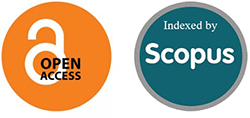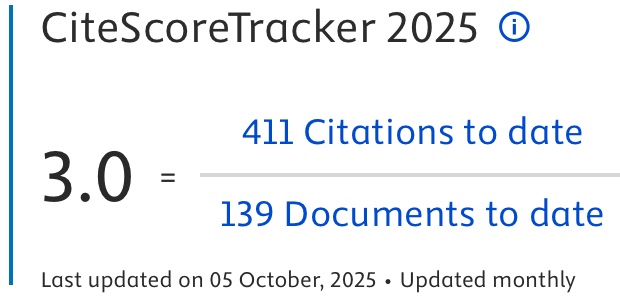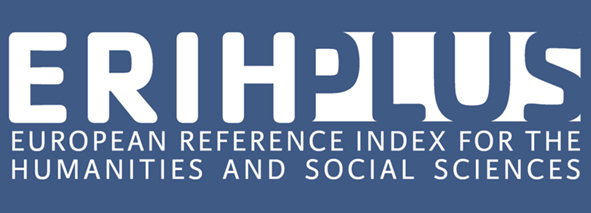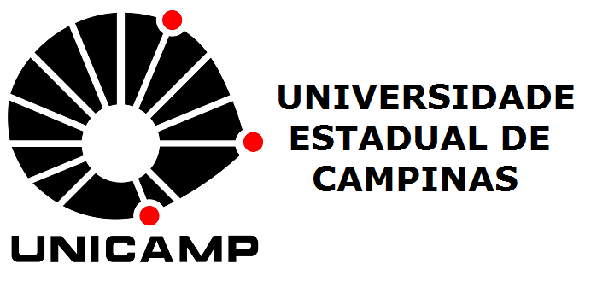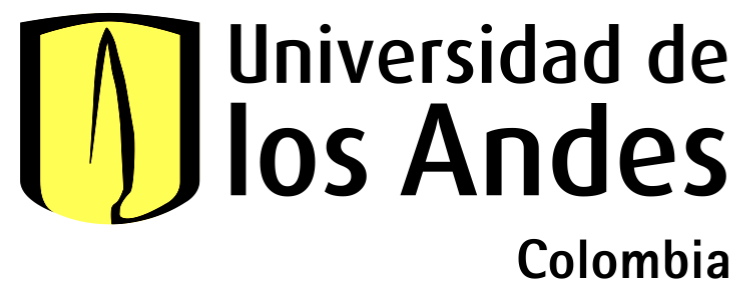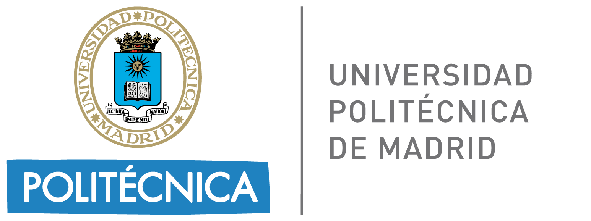Visioni di un futuro più verde per il Seil di Amman. La Realtà Aumentata come strumento di progetto
DOI:
https://doi.org/10.19229/2464-9309/8212020Parole chiave:
contenimento delle inondazioni, infrastrutture verdi, realtà aumentata, Seil di Amman, pianificazione partecipativaAbstract
In un contesto caratterizzato dalle inondazioni e dal degrado ambientale del fiume Seil di Amman (patrimonio naturale della capitale della Giordania), determinati dal cambiamento climatico, dalla rapida urbanizzazione e da una gestione non sostenibile dell’acqua piovana, il contributo esplora le potenzialità delle nuove tecnologie del Mobile Augmented Reality (MAR) quale strumento per ottenere un maggior coinvolgimento dell’opinione pubblica in nuovi progetti di rigenerazione urbana ecologicamente sostenibili. Si presentano quindi due possibili scenari per un intervento a verde nell’area di Ras al-Ein lungo il Seil, elaborati attraverso un software di realtà aumentata mobile immersiva appositamente sviluppata, descrivendo sia il processo di sviluppo dell’applicazione sia la risposta degli utenti.
Downloads
##plugins.generic.articleMetricsGraph.articlePageHeading##
Riferimenti bibliografici
Ababsa, M. (2014), “The Protection of Groundwater Reserves”, in Ababsa, M. (ed.), Atlas of Jordan – History, Territories and Society, Presses de l’Ifpo, Beyrouth, pp. 431-432. [Online] Available at: books.openedition.org/ifpo/5061 [Accessed 3rd August 2020].
Abu-Dayyeh, N. I. (2004), “Persisting Vision – Plans for a Modern Arab Capital, Amman, 1955-2002”, in Planning Perspectives, vol. 19, issue 1, pp. 79-110. [Online] Available at: doi.org/10.1080/0266543042000177922 [Accessed 5 August 2020].
Alves, A., Vojinovic, Z., Kapelan, Z., Sanchez, A. and Gersonius, B. (2020), “Exploring Trade-Offs among the Multiple Benefits of Green-Blue-Grey Infrastructure for Urban Flood Mitigation”, in Science of The Total Environment, vol. 703, article 134980, pp. 1-14. [Online] Available at: doi.org/10.1016/j.scitotenv.2019.134980 [Accessed 18 August 2020].
American Colony, Photo Department, Photographer (1932), Air route to Baghdad via Amman and the desert. Amman. Distant view. Approaching town from the west above Amman valley, Amman, Jordan. [Online] Available at: www.loc.gov/item/2019706712/ [Accessed 7 August 2020].
Benedict, M. A. and McMahon, E. T. (2006), Green Infrastructure – Linking Landscapes and Communities, Island Press, Washington.
Billinghurst, M., Clark, A. and Lee, G. (2015), “A Survey of Augmented Reality”, in Foundations and Trends in Human-Computer Interaction, vol. 8, issue 2-3, pp. 73-272, Now Publishers, USA. [Online] Available at: www.nowpublishers.com/article/Details/HCI-049 [Accessed 9 August 2020].
Boulos, M. N. K., Lu, Z., Guerrero, P., Jennett, C. and Steed, A. (2017), “From urban planning and emergency training to Pokémon Go – Applications of virtual reality GIS (VRGIS) and augmented reality GIS (ARGIS) in personal, public and environmental health”, in International Journal of Health Geographics, vol. 16, article 7, pp. 1-11. [Online] Available at: doi.org/10.1186/s12942-017-0081-0 [Accessed 7 August 2020].
Bower, M., Howe, C., McCredie, N., Robinson, A. and Grover, D. (2014), “Augmented Reality in education – Cases, places and potentials”, in Educational Media International, vol. 51, issue 1, pp. 1-15. [Online] Available at: doi.org/10.1080/09523987.2014.889400 [Accessed 9 August 2020].
Columbia GSAPP (2017), Water Urbanism – Amman – Global Cities & Climate Change Studio – Spring 2017. [Online] Available at: www.arch.columbia.edu/books/reader/194-water-urbanism-amman#reader-anchor-0 [Accessed 6 August 2020].
Daher, R. F. (2013), “Prelude – Understanding Cultural Change and Urban Transformations – Qualifying Amman – The City of Many Hats”, in Ababsa, M. and Daher, R. (eds), Cities, Urban Practices and Nation Building in Jordan | Villes, pratiques urbaines et construction nationale en Jordanie, Presses de l’Ifpo, Beyrouth, pp. 65-89. [Online] Available at: books.openedition.org/ifpo/1725 [Accessed 4 November 2020].
Fletcher, T. D., Shuster, W., Hunt, W. F., Ashley, R., Butler, D., Arthur, S., Trowsdale, S., Barraud, S., Semadeni-Davies, A., Bertrand-Krajewski, J.-L., Mikkelsen, P. S., Rivard, G., Uhl, M., Dagenais, D. and Viklander, M. (2015), “SUDS, LID, BMPs, WSUD and More – The Evolution and Application of Terminology Surrounding Urban Drainage”, in Urban Water Journal, vol. 12, issue 7, pp. 525-542. [Online] Available at: doi.org/10.1080/1573062X.2014.916314 [Accessed 6 August 2020].
Gharaibeh, A., Al.Zu’bi, E. M. and Abuhassan, L. B. (2019), “Amman (City of Waters) – Policy, Land Use, and Character Changes”, in Land, vol. 8, issue 12, article 195, pp. 1-25. [Online] Available at: doi.org/10.3390/land8120195 [Accessed 4 November 2020].
Guo, J. C. Y. (2017), Urban Flood Mitigation and Stormwater Management, CRC Press.
Jarrah, A. (2005), Assessing Runoff Potential for Water Harvesting Generation in Jordan, University of Manchester.
Khirfan, L., Mohtat, N., Pecka, M., Andrew, C. and Maa, L. (2020), “Dataset for assessing the scope and nature of global stream daylighting practices”, in Data in Brief, vol. 33, article 106366, pp. 1-22. [Online] Available at: doi.org/10.1016/j.dib.2020.106366 [Accessed 3rd August 2020].
Munif, A. al-R. (1996), Story of a City – A Childhood in Amman, Quartet Books Limited.
Novotny, V., Ahern, J. and Brown, P. (2010), Water Centric Sustainable Communities – Planning, Retrofitting, and Building the Next Urban Environment, John Wiley & Sons.
Portman, M. E., Natapov, A. and Fisher-Gewirtzman, D. (2015), “To Go Where No Man Has Gone before – Virtual Reality in Architecture, Landscape Architecture and Environmental Planning”, in Computers, Environment and Urban Systems, vol. 54, pp. 376-384. [Online] Available at: doi.org/10.1016/j.compenvurbsys.2015.05.001 [Accessed 11 August 2020].
Reaver, K. (2019), “Tre casi studio sulla conservazione virtuale – Applicare la realtà virtuale al Patrimonio Culturale | Three Case Studies in Virtual Preservation – Applying Virtual Reality to Cultural Heritage”, in Agathón | International Journal of Architecture, Art and Design, vol. 6, pp. 210-217. [Online] Available at doi.org/10.19229/2464-9309/6202019 [Accessed 8 August 2020].
Redondo Domínguez, E., Fonseca Escudero, D., Sánchez Riera, A. and Navarro Delgado, I. (2017), “Educating Urban Designers using Augmented Reality and Mobile Learning Technologies | Formación de Urbanistas usando Realidad Aumentada y Tecnologías de Aprendizaje Móvil”, in RIED | Revista Iberoamericana de Educación a Distancia, vol. 20, n. 2, pp. 141-165. [Online] Available at: doi.org/10.5944/ried.20.2.17675 [Accessed 2nd August 2020].
Szpilko, D. (2020), “Foresight as a Tool for the Planning and Implementation of Visions for Smart City Development”, in Energies, vol. 13, n. 7, article 1782, pp. 1-24. [Online] Available at: doi.org/10.3390/en13071782 [Accessed 9 August 2020].
The Jordan Times (2019), “Flooding results in road closures, complaints and rescues on Thursday”, in The Jordan Times, 28/02/2018. [Online] Available at: www.jordantimes.com/news/local/flooding-results-road-closures-complaints-and-rescues-thursday [Accessed 4 November 2020].
Thompson, E. M. (2015), Envisioning Futures – Visualising Newcastle City Futures 2065. [Online] Available at: assets.publishing.service.gov.uk/government/uploads/system/uploads/ attachment_data/file/544833/envisioning-futures-newcastle.pdf [Accessed 2nd August 2020].
UN – General Assembly (2015), Transforming our world – The 2030 Agenda for Sustainable Development, document A/RES/70/1. [Online] Available at: www.un.org/ga/search/view_doc.asp?symbol=A/RES/70/1&Lang=E [Accessed 14 September 2020].
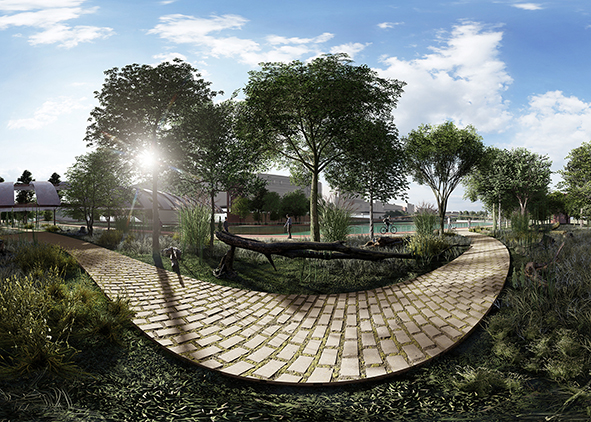
##submission.downloads##
Pubblicato
Come citare
Fascicolo
Sezione
Licenza
AGATHÓN è pubblicata sotto la licenza Creative Commons Attribution License 4.0 (CC-BY).
License scheme | Legal code
Questa licenza consente a chiunque di:
Condividere: riprodurre, distribuire, comunicare al pubblico, esporre in pubblico, rappresentare, eseguire e recitare questo materiale con qualsiasi mezzo e formato.
Modificare: remixare, trasformare il materiale e basarti su di esso per le tue opere per qualsiasi fine, anche commerciale.
Alle seguenti condizioni
Attribuzione: si deve riconoscere una menzione di paternità adeguata, fornire un link alla licenza e indicare se sono state effettuate delle modifiche; si può fare ciò in qualsiasi maniera ragionevole possibile, ma non con modalità tali da suggerire che il licenziante avalli l'utilizzatore o l'utilizzo del suo materiale.
Divieto di restrizioni aggiuntive: non si possono applicare termini legali o misure tecnologiche che impongano ad altri soggetti dei vincoli giuridici su quanto la licenza consente di fare.
Note
Non si è tenuti a rispettare i termini della licenza per quelle componenti del materiale che siano in pubblico dominio o nei casi in cui il nuovo utilizzo sia consentito da una eccezione o limitazione prevista dalla legge.
Non sono fornite garanzie. La licenza può non conferire tutte le autorizzazioni necessarie per l'utilizzo che ci si prefigge. Ad esempio, diritti di terzi come i diritti all'immagine, alla riservatezza e i diritti morali potrebbero restringere gli usi del materiale.




